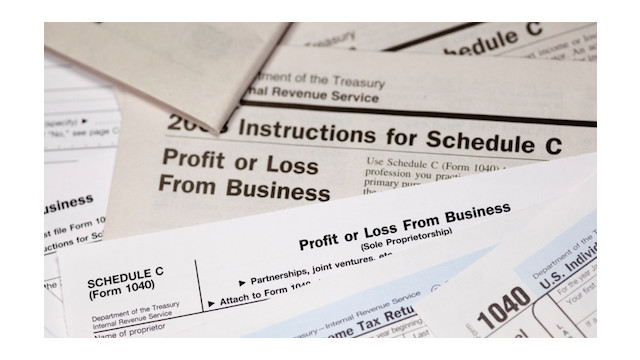New York State Contractors Face a Heightened Risk of a Tax Audit
In New York, the contractor has the unusual burden of being considered the consumer of building materials; therefore, a resale exemption doesn’t apply, and sales tax is due to the vendor. The contractor pays the sales tax on building materials upfront ...
Oct. 01, 2021

By John Fontanella, CPA, Tax Principal, The Bonadio Group.
As the New York State Department of Taxation and Finance increases its scrutiny of sales tax activity, construction contractors are prime targets for audits. That is because while regulations make navigating sales tax compliance complex for any industry in any state, the rules for New York contractors are particularly burdensome—and in some cases confounding. Getting it wrong can negatively impact their relationship with clients and result in substantial penalties and loss of profits. Getting it right can depend on your good counsel as a CPA.
The first step is determining if the work is repair and maintenance (R&M) or a capital improvement (CI). Contracts in New York state must be designated one or the other, but the distinction between the two can sometimes be unclear. And while it’s the property owner who ultimately issues a CI certificate, the contractor often plays a part in the decision-making process—a decision that impacts their contract bidding, subcontracts, customer billing and applications for credits and refunds, i.e., the bottom line.
Repairs and Maintenance
In New York, the contractor has the unusual burden of being considered the consumer of building materials; therefore, a resale exemption doesn’t apply, and sales tax is due to the vendor. The contractor pays the sales tax on building materials upfront and after charging and collecting sales tax from the customer on the R&M project, the contractor becomes eligible for a credit for the sales tax they paid on the materials purchased.
Capital Improvements
If the work is a capital improvement (CI), contractors pay the sales tax on building materials upfront (just like R&M) and can only recoup the sales tax by incorporating it into the price for the CI. The sales tax cannot be a separate charge to the customer on the invoicing, and the contractor cannot claim a credit from New York for the sales tax paid (unlike R&M).
What’s Tax Exempt?
If the work is for an Exempt Organization or an Industrial Development Agency (IDA) no sales tax applies to building materials if the contractor provides its vendor with a properly executed exemption form. However, if a contractor is an appointed agent of the IDA, additional tax exemptions are available.
Audit Triggers for Contractors
Make sure your contractor clients fully appreciate that to cash-hungry tax authorities, their business represents a revenue stream — and a sales and use tax audit is a primary tool to maximize that stream. Contractors need to know what issues are likely to prompt an audit, including nexus but no registration, misuse of resale certificates, use tax reporting, a significant change in quarterly gross sales, and higher than normal exempt sales. Understanding the ins and outs of New York sales and use tax applicability, along with the proper usage of exemption and resale certificates can play a significant role in helping them reduce the risk of being audited.
Help Them Avoid Common Pitfalls
Your proactive guidance is also crucial to help Contractors minimize the economic impact of an audit should one occur. Make them aware of pitfalls that can result in significant penalties so they can avoid them in their business practices, from unreported sales to charging customers incorrect rates to having a history of audits and assessments. They should understand the risk of ignoring a nexus/business activity questionnaire — and the importance of going to you for guidance should they receive one.
There are ways for Contractors to reduce risk of being audited, minimize the economic impact of an audit, and cut the costs of compliance and audit defense – and CPA’s can support this process. Preparing and simplifying client’s documentation in advance can streamline an audit process and help contractors avoid audit sampling methods that may be to a company’s disadvantage.
Navigating the complex rules of the New York State Department of Tax and Finance is challenging enough for a tax professional, let alone a Contractor unschooled in its nuances. Good counsel from you can play a significant role in easing the undue burden they face in these most challenging of times.
========
John Fontanella is a principal in The Bonadio Group’s tax department, with a focus on taxes for privately held businesses and their owners. John also specializes in sales taxes for contractors and manufacturers. He has been in practice as a CPA for 30 years. To learn more, visit www.bonadio.com
